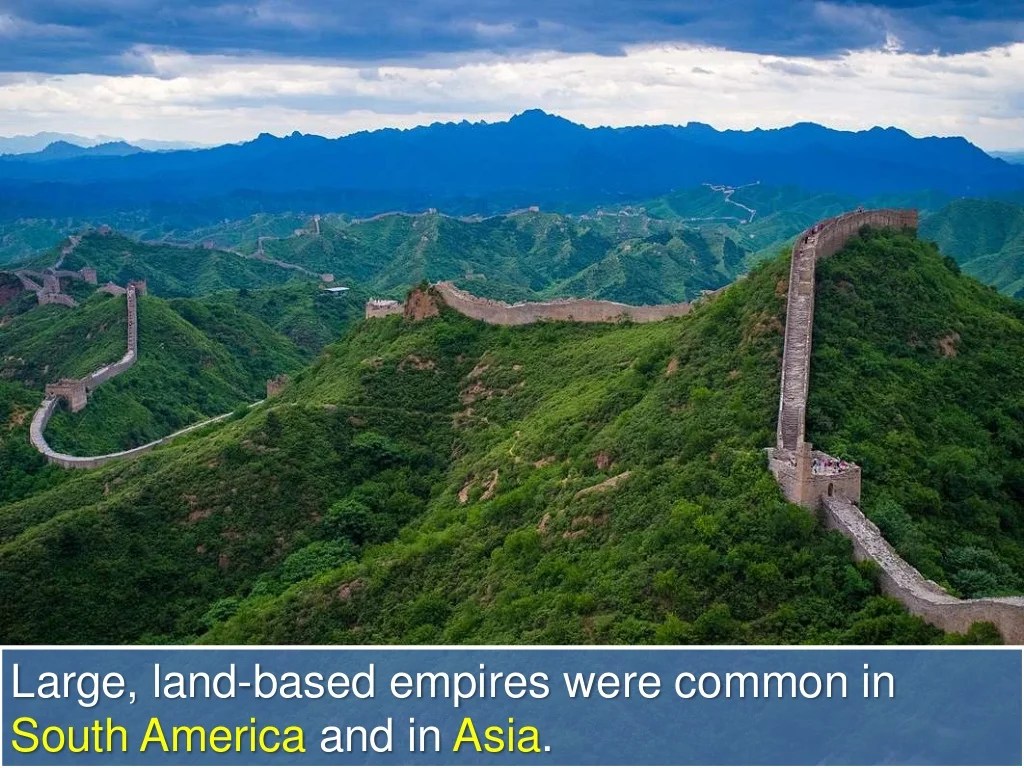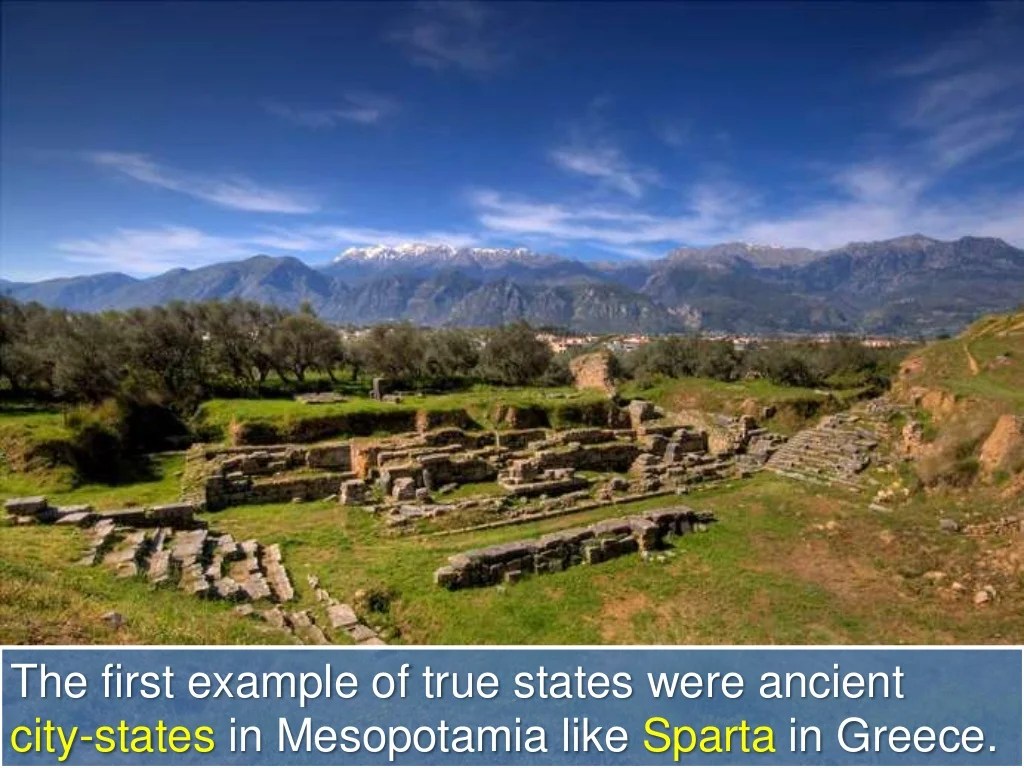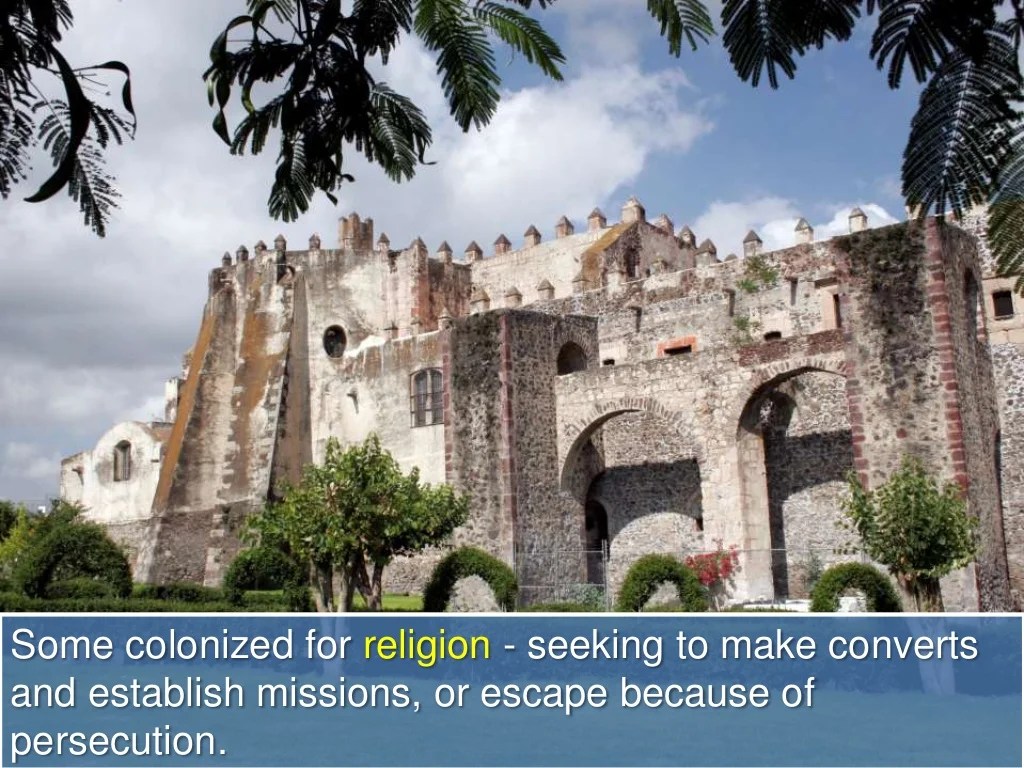Delve into the fascinating world of AP Human Geography Unit 7 vocabulary, where essential concepts and terminology await your exploration. This comprehensive guide unlocks the intricacies of population dynamics, migration, urbanization, culture, political geography, and economic geography, empowering you with a deeper understanding of our interconnected world.
As we embark on this linguistic journey, we’ll unravel the factors shaping population growth and decline, analyze demographic patterns, and decipher the complexities of migration and its impacts. We’ll delve into the heart of culture, examining its components and the forces that drive cultural diversity, while exploring the transformative power of cultural diffusion.
Key Concepts and Terms

AP Human Geography Unit 7 explores the multifaceted nature of economic geography, delving into the spatial patterns of economic activities and the factors that shape them. At the core of this unit lies the understanding of economic development, globalization, and the complexities of the global economy.
To grasp the nuances of this unit, a comprehensive understanding of key terms and concepts is paramount. These terms provide the building blocks for comprehending the intricate relationships between economic activities, spatial patterns, and the forces driving economic change.
Key Terms and Definitions
- Economic Development: The process of improving the economic well-being of a population through sustained economic growth and advancement.
- Gross Domestic Product (GDP): The total value of all goods and services produced within a country’s borders in a given year.
- Human Development Index (HDI): A composite statistic that measures the average achievements of a country in terms of life expectancy, education, and income.
- Globalization: The increasing interconnectedness and interdependence of the world’s economies, cultures, and populations.
- Multinational Corporation (MNC): A company that operates in multiple countries and has its headquarters in one country.
- Foreign Direct Investment (FDI): Investment by a company in a country other than its own.
- Spatial Inequality: The uneven distribution of economic activities and resources across a region or country.
- Core-Periphery Model: A theory that explains the spatial distribution of economic activities, with core regions being more developed and peripheral regions being less developed.
- Economic Geography: The study of the spatial distribution of economic activities and the factors that shape them.
Key Concepts
- Theories of Economic Development: Understanding the different theories that explain the causes and processes of economic development.
- Measuring Economic Development: Examining the various indicators used to measure economic progress, such as GDP, HDI, and others.
- Globalization and Economic Change: Analyzing the impact of globalization on economic activities, including the rise of MNCs and FDI.
- Spatial Patterns of Economic Activities: Exploring the factors that influence the location of economic activities, such as transportation, resources, and labor costs.
- Economic Inequality: Examining the causes and consequences of economic inequality within and between countries.
Summary Table
| Concept | Definition | Significance |
|---|---|---|
| Economic Development | Improving economic well-being | Measures progress and sets goals |
| Globalization | Interconnectedness of economies | Impacts economic activities and development |
| Spatial Inequality | Uneven distribution of economic resources | Causes disparities and affects development |
Population Dynamics
Population dynamics is the study of how populations change over time. This includes factors that influence population growth and decline, as well as the demographic transition model and its implications.
Factors Influencing Population Growth and Decline, Ap human geography unit 7 vocab
Population growth and decline are influenced by several factors, including:
- Birth rate: The number of births per 1,000 people in a population.
- Death rate: The number of deaths per 1,000 people in a population.
- Immigration: The number of people moving into a population.
- Emigration: The number of people moving out of a population.
Migration and Urbanization
Migration and urbanization are two interconnected processes that have significantly shaped human geography. Migration refers to the movement of people from one place to another, while urbanization describes the process of population concentration in urban areas.
Causes and Consequences of Migration
Migration is often driven by a combination of push and pull factors. Push factors include factors that make people leave their homes, such as economic hardship, political instability, environmental disasters, or social unrest. Pull factors, on the other hand, are factors that attract people to new destinations, such as job opportunities, better living conditions, or educational opportunities.The
consequences of migration can be both positive and negative. For migrants, it can lead to improved economic opportunities, access to better healthcare and education, and increased social mobility. However, it can also lead to challenges such as discrimination, xenophobia, and social isolation.
For sending countries, migration can lead to brain drain and a loss of skilled workers, while for receiving countries, it can lead to population growth and increased pressure on resources.
Types of Migration
There are many different types of migration, each with its own unique characteristics and impacts. Some common types of migration include:
-
-*Internal migration
Movement within the same country.
-*International migration
Movement across national borders.
-*Rural-to-urban migration
Movement from rural areas to urban areas.
-*Urban-to-rural migration
Movement from urban areas to rural areas.
-*Temporary migration
Movement for a limited period of time, such as for work or study.
-*Permanent migration
Movement with the intention of staying in the new destination indefinitely.
Challenges and Opportunities of Urbanization
Urbanization is a complex process that presents both challenges and opportunities. Challenges include:
-
-*Overcrowding
Urban areas can become overcrowded, leading to problems with housing, sanitation, and infrastructure.
-*Pollution
Urban areas can generate significant amounts of pollution, which can have negative impacts on human health and the environment.
-*Social inequality
Urban areas can often be characterized by high levels of social inequality, with disparities in income, education, and access to resources.
Opportunities of urbanization include:
-
-*Economic growth
Urban areas are often hubs of economic activity, with a concentration of businesses, industries, and services.
-*Innovation
Urban areas can foster innovation and creativity, with a diverse population and a range of cultural and educational institutions.
-*Social mobility
Urban areas can provide opportunities for social mobility, with access to education, healthcare, and other services.
Culture and Identity

Culture refers to the shared beliefs, values, customs, and practices of a group of people. It encompasses everything from language and religion to art, music, and food. Culture is not static but rather evolves over time as societies interact and change.
Components of Culture
The components of culture can be categorized into three main groups:
- Material cultureincludes the physical objects and artifacts created by a society, such as tools, weapons, clothing, and buildings.
- Non-material cultureconsists of the abstract ideas and beliefs of a society, such as its religion, philosophy, and values.
- Social culturerefers to the patterns of behavior and interaction within a society, such as its family structure, political system, and economic system.
Factors Shaping Cultural Diversity
Cultural diversity arises from a variety of factors, including:
- Geography: Different environments pose different challenges and opportunities, leading to the development of distinct cultural adaptations.
- History: Past events, such as wars, migrations, and conquests, can have a profound impact on a society’s culture.
- Technology: Technological advancements can introduce new ideas and practices, leading to cultural change.
- Interaction: Contact with other cultures through trade, travel, or migration can lead to cultural exchange and diffusion.
Cultural Diffusion
Cultural diffusion refers to the spread of cultural traits from one society to another. This can occur through various means, such as:
- Direct contact: When people from different cultures interact directly, they can exchange ideas, beliefs, and practices.
- Trade: The exchange of goods and services can also lead to the diffusion of cultural traits.
- Travel: People who travel to different countries can bring back new ideas and practices to their own societies.
- Mass media: Television, radio, and the internet can transmit cultural traits across vast distances.
Cultural diffusion has a significant impact on global society, leading to both cultural homogenization and diversification. On the one hand, the spread of Western culture through globalization has led to the adoption of similar cultural traits in many parts of the world.
The AP Human Geography unit 7 vocabulary list covers a range of terms related to agriculture, industry, and services. To supplement your studies, consider exploring the letrs unit 4 session 3 answers for additional insights on educational strategies. Returning to the AP Human Geography unit 7 vocabulary, remember to focus on understanding the concepts behind each term to enhance your overall comprehension.
On the other hand, cultural diffusion can also lead to the preservation and revitalization of local cultures.
Political Geography: Ap Human Geography Unit 7 Vocab
Political geography delves into the spatial dimensions of political phenomena, encompassing the study of political systems, boundaries, and their impact on international relations. Understanding political geography provides insights into how political power is distributed, exercised, and contested across different scales.
Types of Political Systems
Political systems vary significantly in their structures and ideologies. Some common types include:
- Democracy:A system where citizens have the power to influence government decisions through free and fair elections.
- Autocracy:A system where power is concentrated in the hands of a single individual or a small group.
- Monarchy:A system where power is inherited by a single individual, usually a king or queen.
- Republic:A system where the head of state is elected by the people or their representatives.
Factors Influencing Political Boundaries
Political boundaries, the lines that separate one political unit from another, are shaped by various factors:
- Physical features:Natural features like rivers, mountains, and deserts can influence boundary lines.
- Historical events:Wars, treaties, and colonial legacies can determine political boundaries.
- Cultural and ethnic factors:Boundaries may reflect cultural or ethnic divisions within a region.
- Economic considerations:Boundaries may be drawn to maximize access to resources or trade routes.
Territorial Disputes
Territorial disputes arise when two or more political units claim sovereignty over the same territory. These disputes can be caused by:
- Ambiguous boundaries:Unclear or disputed boundaries can lead to conflicts.
- Historical claims:Countries may assert historical rights to territories, even if those claims are contested.
- Resource conflicts:Disputes over access to natural resources, such as oil or water, can escalate into territorial conflicts.
Role of Geography in International Relations
Geography plays a significant role in international relations, shaping interactions between countries:
- Physical barriers:Mountains, oceans, and other physical barriers can influence the flow of trade, migration, and military conflicts.
- Economic interdependence:Countries with shared borders or access to the same resources may develop economic ties.
- Cultural exchange:Proximity to other cultures can facilitate cultural diffusion and exchange of ideas.
- Geopolitical alliances:Countries may form alliances with others based on their geographic proximity or shared strategic interests.
Economic Geography

Economic geography explores the spatial distribution of economic activities, resources, and development. It analyzes the factors that shape economic landscapes and the impacts of economic processes on society and the environment.
Types of Economic Systems
Economic systems determine how resources are allocated and distributed within a society. Different types of economic systems include:
- Capitalism:Private ownership of resources and businesses, driven by market forces.
- Socialism:Public ownership and control of key industries, with a focus on social welfare.
- Communism:Centralized planning and distribution of resources, with limited private ownership.
- Mixed economy:A combination of private and public ownership, with government intervention in certain sectors.
Factors Influencing Economic Development
Economic development is influenced by a complex interplay of factors, including:
- Natural resources:Access to resources such as land, minerals, and energy.
- Human capital:Education, skills, and health of the workforce.
- Infrastructure:Transportation, communication, and energy systems.
- Technology:Innovations that increase productivity and efficiency.
- Government policies:Economic incentives, regulations, and trade policies.
Globalization
Globalization refers to the increasing interconnectedness of economies and societies worldwide. It brings both challenges and opportunities:
- Challenges:Competition from foreign markets, loss of jobs, and environmental degradation.
- Opportunities:Access to new markets, technology transfer, and cultural exchange.
FAQ
What is the demographic transition model?
The demographic transition model describes the stages of population growth and decline experienced by societies as they undergo economic and social development.
How does culture shape our identities?
Culture plays a crucial role in shaping our values, beliefs, behaviors, and sense of belonging, contributing to the formation of our unique identities.
What are the key factors influencing economic development?
Factors such as access to resources, technological advancements, infrastructure, and political stability all play significant roles in influencing economic development.